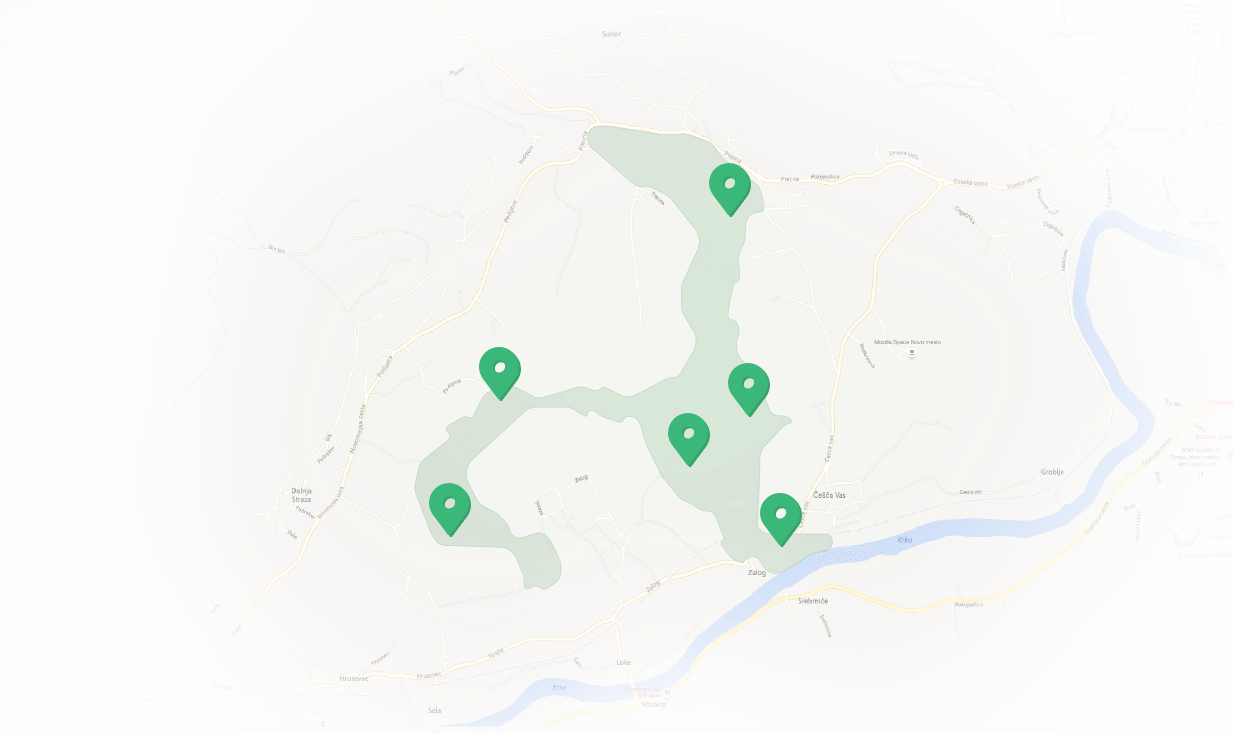Azure damselfly Coenagrion puella

Features
In many parts of Europe one of the most common species of damselflies. It can occur in large numbers. It’s not fast, but it’s a skilled aviator and not easy to catch. Like most damselflies, this species can also bite lightly. Flight time: from April to mid-September, most often in May and June.
| Species | Insect |
| Living space | Lake, Pond, River edge, Rivers, Streams, Swamp, Wet site |
| Size | 33-35 mm |
Description
Adult male azure damselflies have a head and thorax patterned with blue and black. They have an azure blue abdomen patterned with black markings. The marking on the second segment of the abdomen is U-shaped, separated from the segment's narrow terminal black band. (This distinguishes it from the variable damselfly where the U-shape is joined to the terminal band with a black line.) Segments three to five are blue with broader black terminal bands, lacking the forward-pointing projection the upper surface which adult male common blue damselfly has. Segment six has a similar pattern but with more restricted blue and a broader area of black, and segment seven is mostly black, with just a narrow blue area at the base. Segment eight and much of segment nine are sky-blue, forming a noticeable contrasting patch, but there are small dark markings on the rear upper side of segment nine, which adult male common blue damselfly does not possess. Adult female azure damselflies have a head and thorax pattern similar to that of the male, but with glittering, glossy green replacing the blue coloring. The abdominal segments are largely black in coloring, with narrow pale markings at the junction between each segment. The nymphs are usually green with browner wing buds and lamellae. They develop in one year (two in the north), feeding among submerged vegetation and on small invertebrates.
Features Temenica (3)
SPECIAL ogr.






